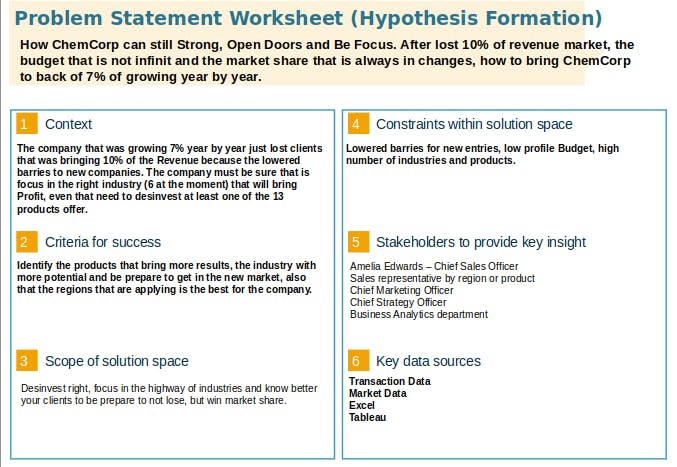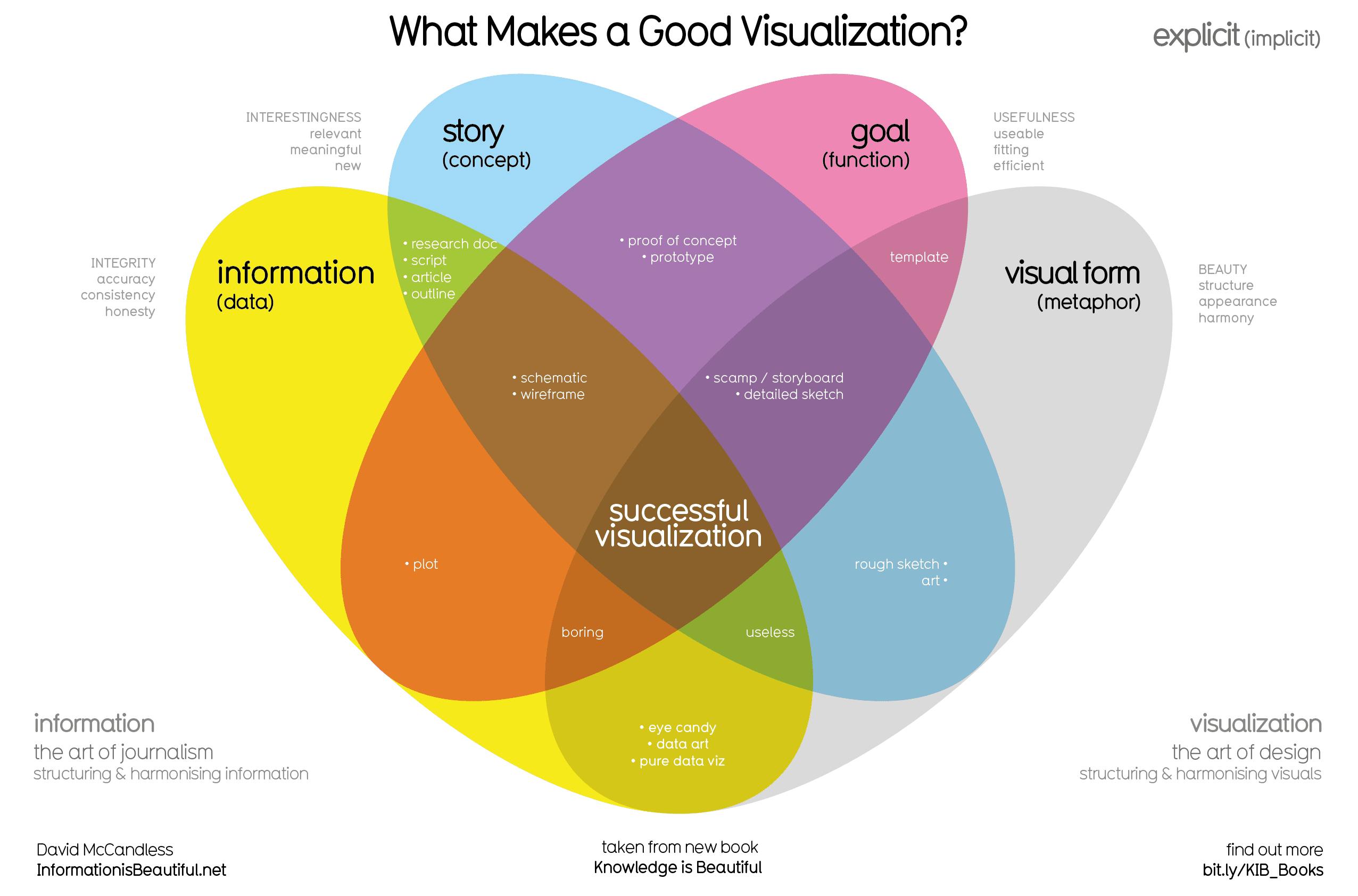Let continue from the part I of this series.
Now I want to be focus on the Client Interview for a Data Analyst position. You have a portfolio and will have to show how you created your dashboard, your analysis. I explain two approaches that can come together.
Issue Tree and Hypothesis Formation
When you are working in a business that request an analyst where you need to bring insights, on that case normally you will receive an email or a meeting that the manager/director will ask for a solution for some questions, like "Why the revenue decrease", "What is the product that we can divestment", "Where we need to invest to grow our market share".
After some brainstorming the first step is prepare the Issue Tree, to understand where will be your focus, the data that you will need. That will be your drive for the next steps to separate where the business can act. Link for a empty Issue Tree model where you need to identify where you can reduce cost: link.
For Hypothesis Formation you will draw the scope of the projects, better than explain is see what it is:

The Hypothesis Formation will be a resume of the problem that you will must solve with your analysis, the criteria that you will follow, the constrains that are normal for any project, the stakeholders that you need to involve and the tools that you will use it. Here a link for the example above: link.
Now is time to start to prepare you dashboard, your analysis in fact, so what come next? The 6 Steps.
The Six Steps
Ask, Prepare, Process, Analyze, Share, and Act.
- Ask: Business Challenge/Objective/Question
- Prepare: Data generation, collection, storage, and data management
- Process: Data cleaning/Data transformation - data integrity
- Analyse: Data exploration, visualization, and analysis
- Share: Communicating and interpreting results
- Act: Putting your insights to work to solve the problem
Ask: make the questions for yourself: What cause the impact? Where have a gap on production? How happen the error? Be ware that your question will drive your answers to match the manager/director decision.
Prepare: know where is your data, the data that you will need, how to storage to be consulted latter.
Process: the most important is to maintain the integrity of the data, the accuracy and that you will not missing any. The date are in which format, the column values are float or are string to be convert, how many empty cell you have and they will impact the result?
Analyse: start to build your charts, your measures, the McCandless Method is a good start point. And don't forget to choose the right chart, check here how to choose the right one for your data.
Share: before to present your data the better practice is to share with your team. They understand what you are trying to tell with the charts, have some point that are missing? Be open, don't have afraid to share, you can receive critics, but that is good, we always can improve out work.
Act: here you can't manage, because the action will be the scope of managers/director that with your analysis will put on practice your recommendation.
A short recap: data-driven / decision-making
Ask: Define the problem and confirm stakeholder expectations
Prepare: Collect and store data for analysis
Process: Clean and transform data to ensure integrity
Analyze: Use data analysis tools to draw conclusions
Share: Interpret and communicate results to others to make data-driven decisions
Act: Put your insights to work in order to solve the original problem


